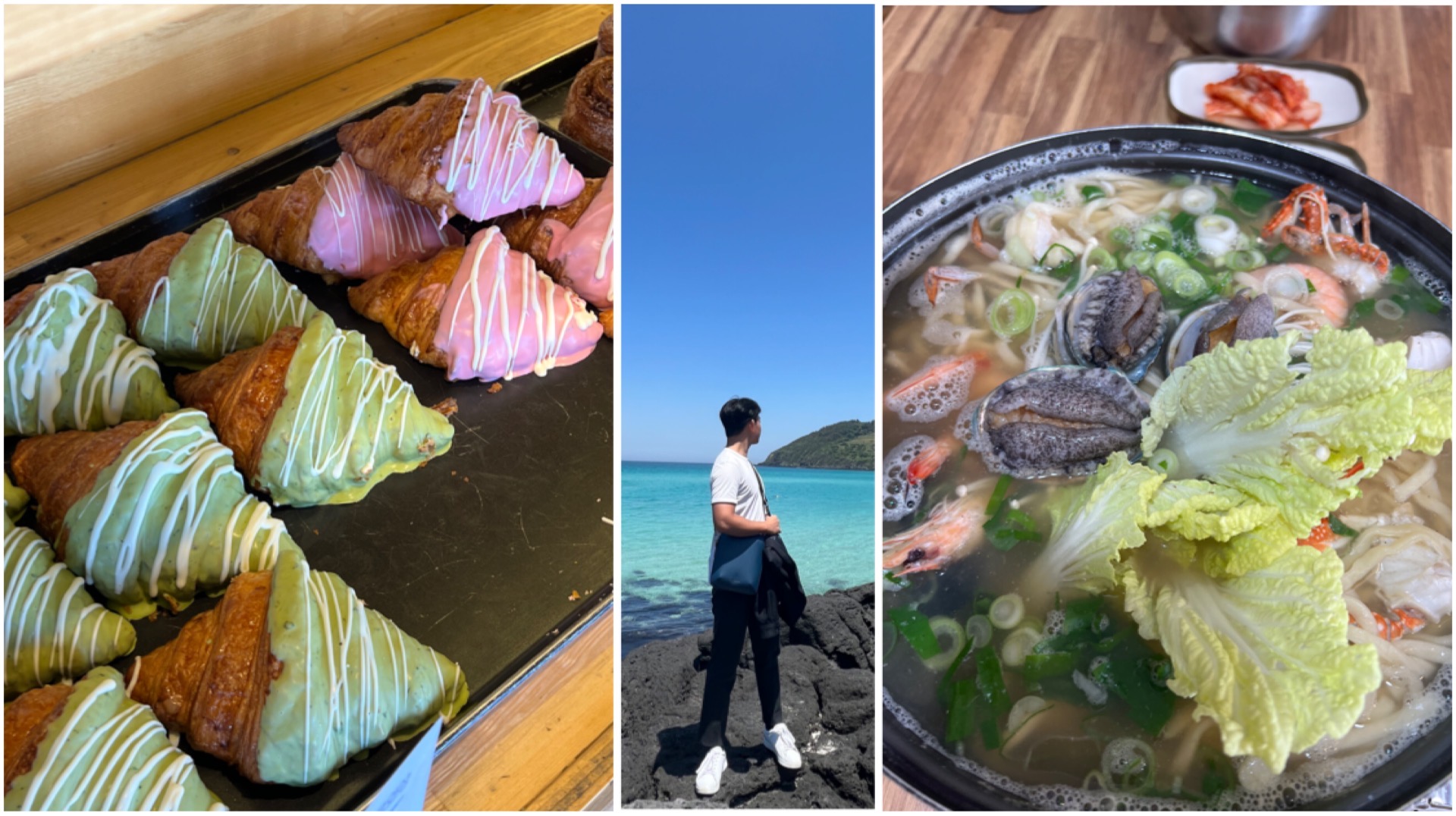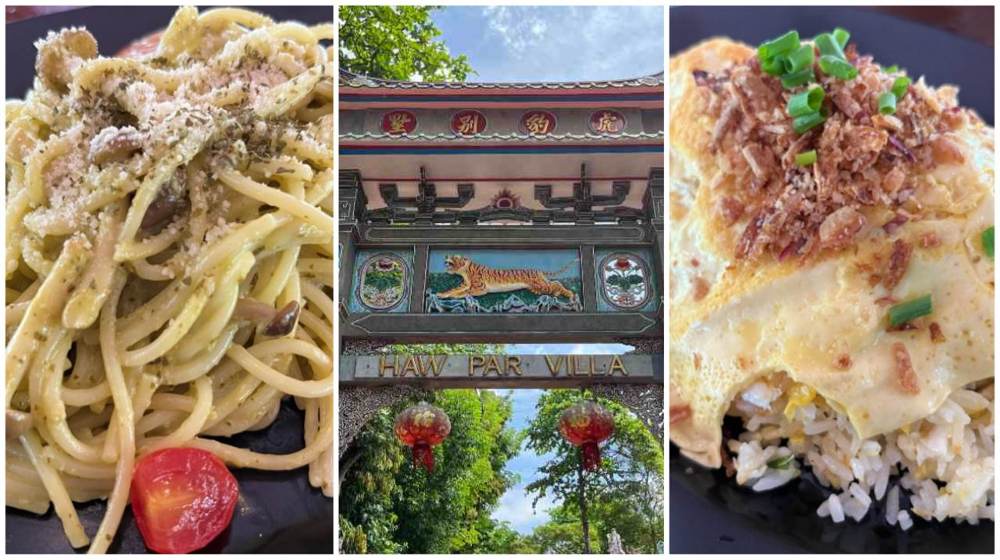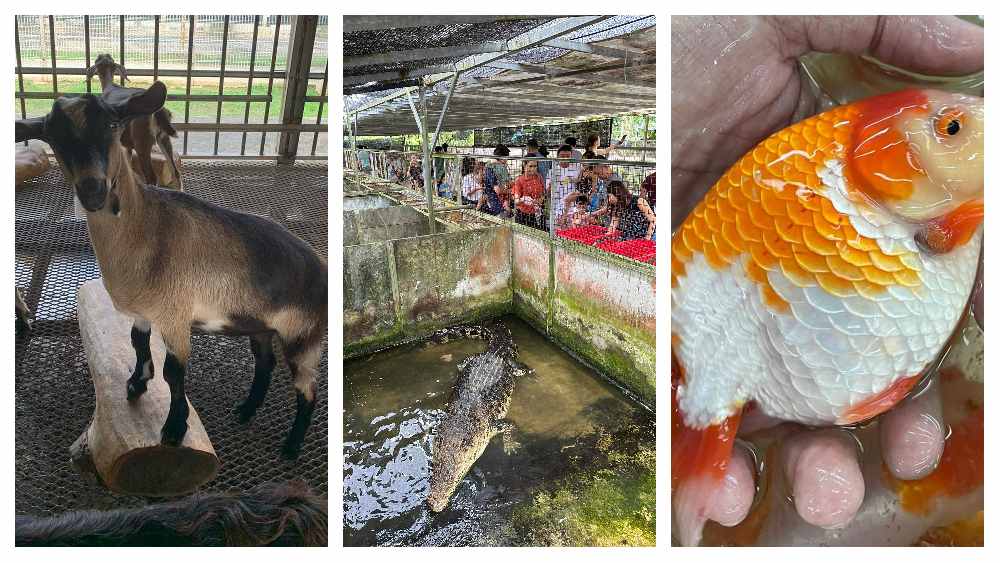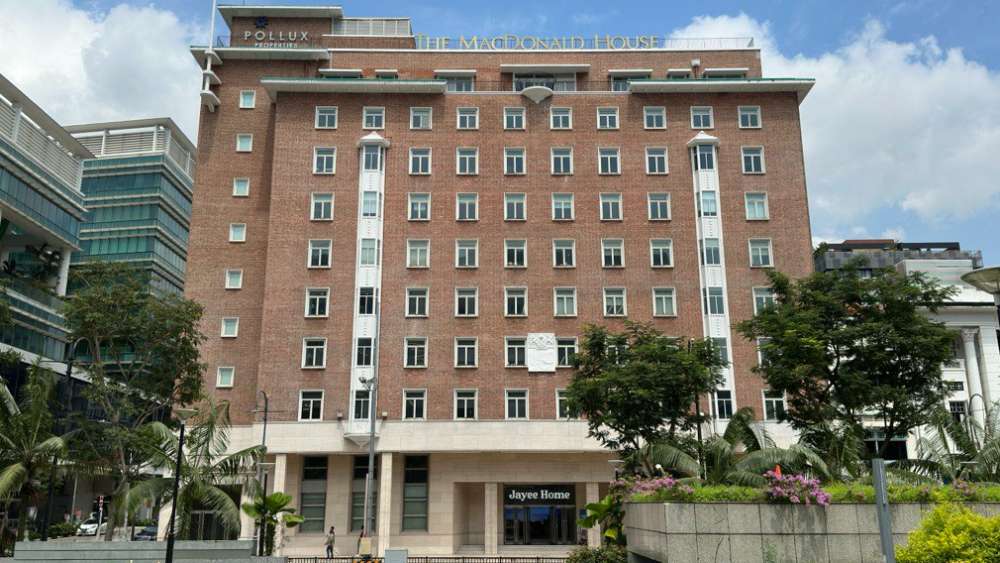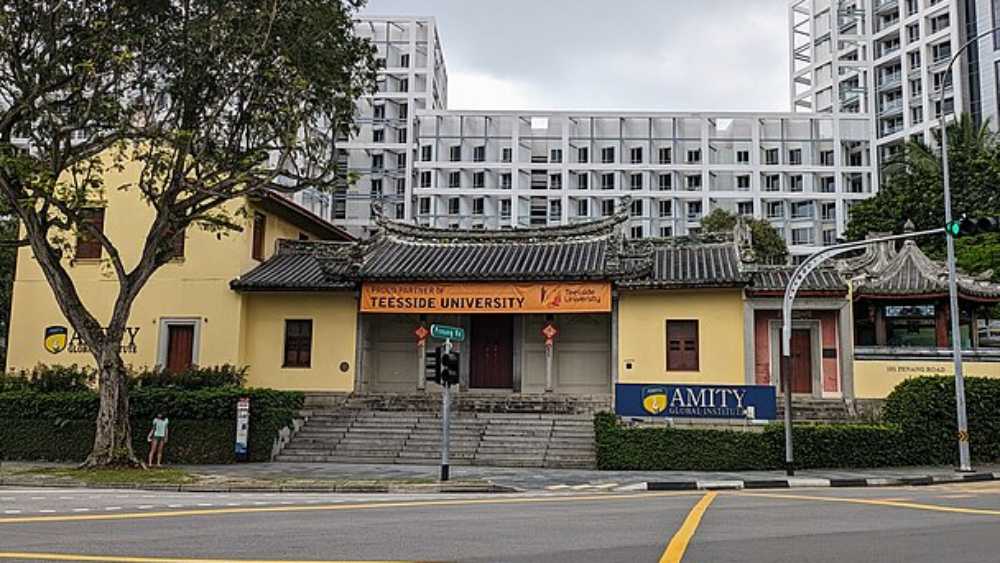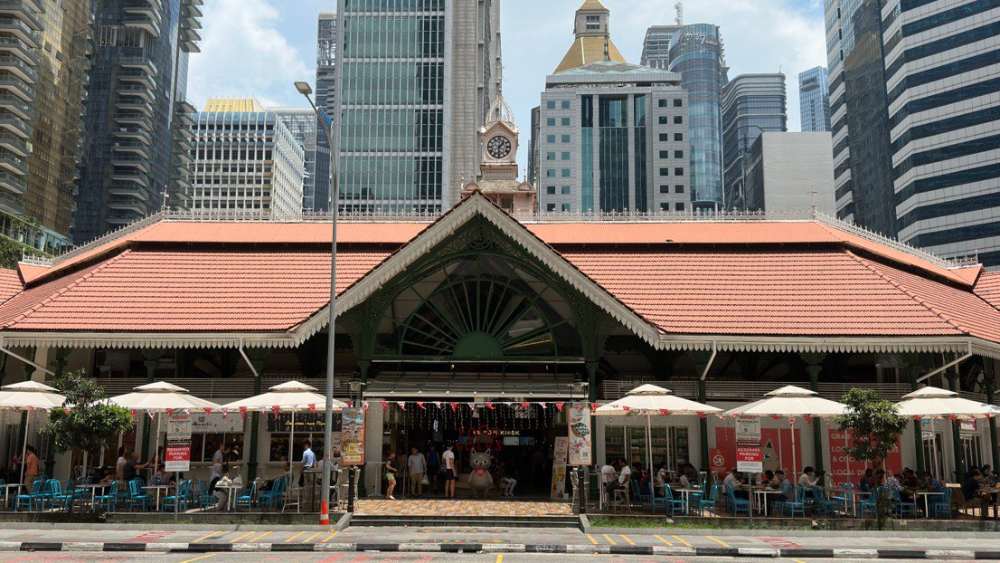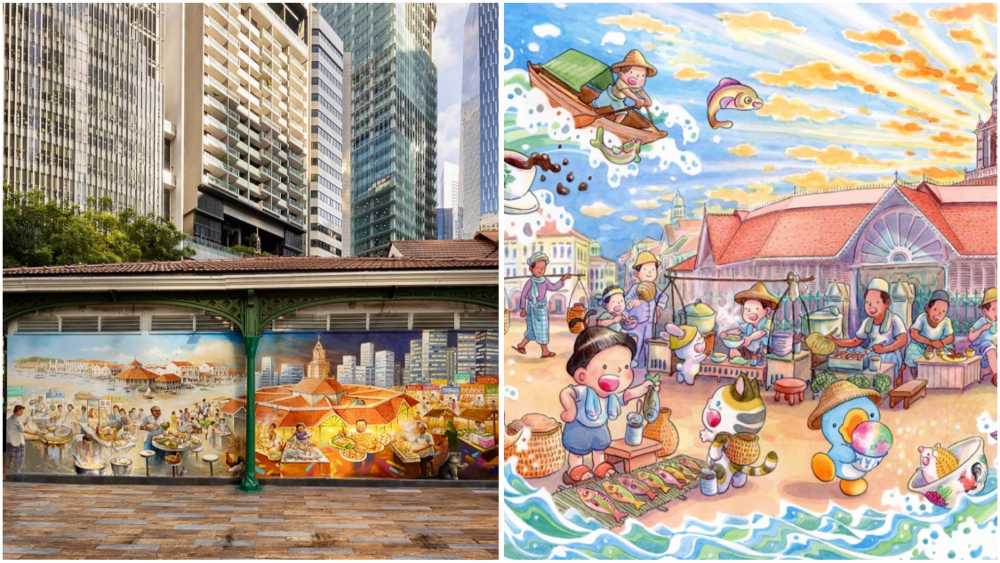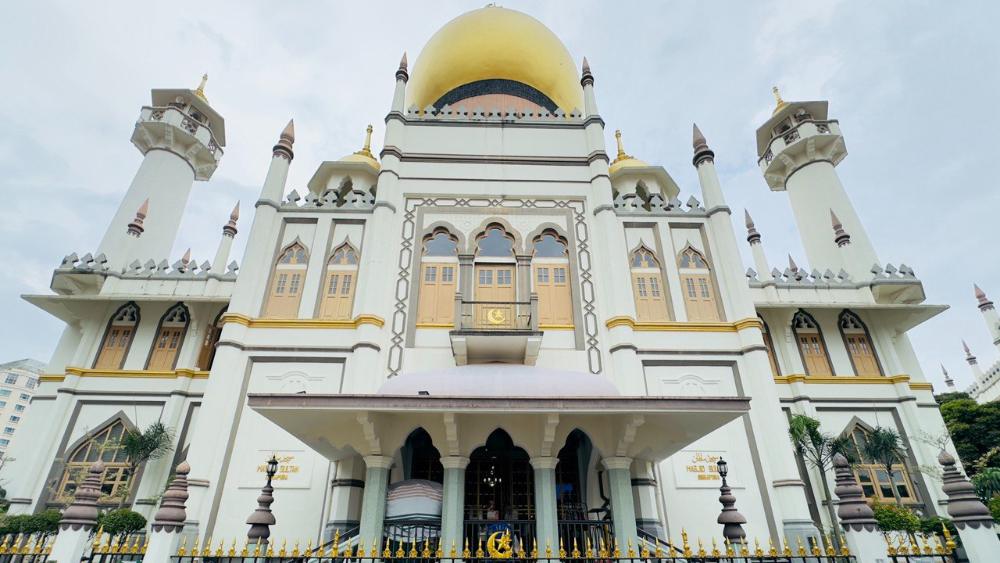National Monuments Of Singapore: MacDonald House
What is a National Monument? Who gazettes them? How many national monuments are there in Singapore? To date, the Preservation of Sites and Monuments, a division of National Heritage Board, has identified and gazetted 75 buildings, structures and sites of national significance as an integral part of Singapore’s built heritage.
And we're here to tell you all about them - one National Monument at a time!
You've probably passed by or stepped into more than a few of them without realising they were National Monuments: Al-Abrar Mosque, Asian Civilisations Museum, the Civilian War Memorial, Saint Andrew's Cathedral, the Esplanade Park Memorials, Fort Siloso on Sentosa - no need to plan an itinerary for friends visiting from overseas; just show them this article ✌️
In this edition, we spotlight the first office building in Southeast Asia to be completely air-conditioned, MacDonald House.
📍 Location
MacDonald House was the 50th building to be gazetted as a National Monument. Located near other National Monuments such as The Cathay, House of Tan Yeok Nee and the National Museum of Singapore, the MRT stations nearest to the MacDonald House are Dhoby Ghaut and Bencoolen.
📅 Significant dates
Date built:
- 1948-1949: MacDonald House was constructed
Milestones:
- 22 Nov 1947: The foundation stone of the building was laid
- 4 Jul 1949: The new branch office of HongKong and Shanghai Banking Corporation (HSBC) opened for business at MacDonald House
- 10 Mar 1965: During the Indonesia-Malaysia Konfrontasi, a planted bomb exploded at MacDonald House, killing three civilians and injuring several others
- Aug 2003: HSBC sold MacDonald House to an Indonesian investor
- 2003-2005: The building underwent extensive interior renovations
- 23 Jun 2005: Citibank opened its flagship branch at the building, occupying four floors
Date gazetted: 10 Feb 2003
📜 History
MacDonald House was named after Malcolm John MacDonald, who was Governor-General of Malaya and, later, Commissioner-General of Southeast Asia.
Constructed between 1948 and 1949 for the new branch office of Hong Kong and Shanghai Banking Corporation (HSBC), the 10-storey building had a revolutionary air-conditioning system that not only cooled the entire building but also allowed individual temperature control in every room – a first at that time and in Southeast Asia.
Its design and construction paved the road towards complete air-conditioning of new buildings in Singapore.
When it was completed, MacDonald House was one of the tallest buildings in Singapore and a prominent landmark on Orchard Road, which was then lined with shophouses. In addition to HSBC’s branch office, there were also commercial office spaces on the building’s upper floors and private apartments on its highest levels.
Between 1963 and 1966, Indonesia launched a series of guerrilla attacks in Malaysian states to express its opposition to the formation of Malaysia. At the beginning, the Indonesian Konfrontasi consisted of only sabotages and raids in Sabah and Sarawak. By 1964, however, Indonesia began infiltrating Singapore and the Malaysian peninsula.
Despite the heightened security, Indonesian saboteurs still succeeded in planting bombs in Singapore. On 10 Mar 1965, at the height of the Indonesian Konfrontasi, a bomb exploded near the lift at the mezzanine floor in MacDonald House, killing three innocent civilians and injuring dozens. The saboteurs were captured in Singapore and convicted of murder, before being hanged in Changi Prison.
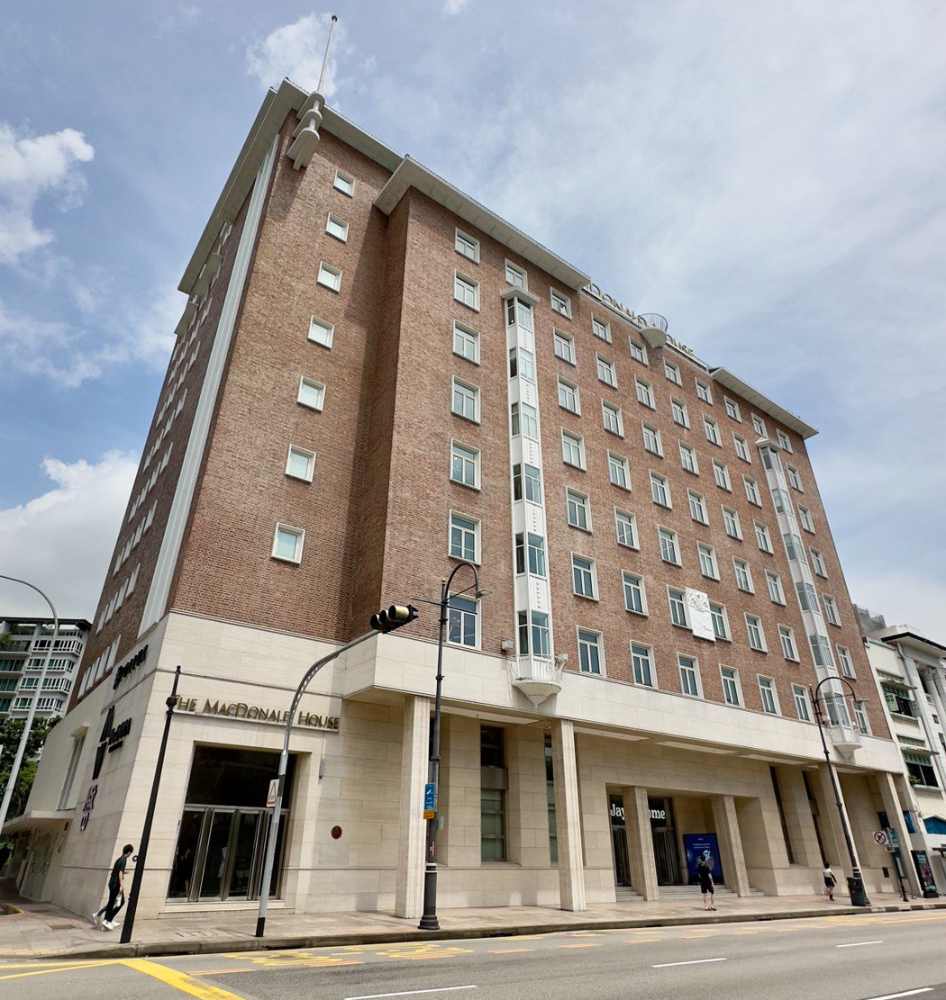 IMAGE: NG KAI
IMAGE: NG KAI
📐 Design and architecture
Designed by Reginald Eyre of the architectural firm Palmer & Turner, the building is an example of utilitarian, Modernist architecture with eclectic features. With a skeleton work of reinforced concrete, the Modernist structure shows a preference for straight lines and perpendicular edges, and lacks the impressive caps and ornate bases typical of more traditional architecture.
Green glazed Chinese tiles were used to lay the building’s flat roof. Two tall marble columns, carved and polished in Singapore by skilled Indian craftsmen, stand on either side of the entrance.
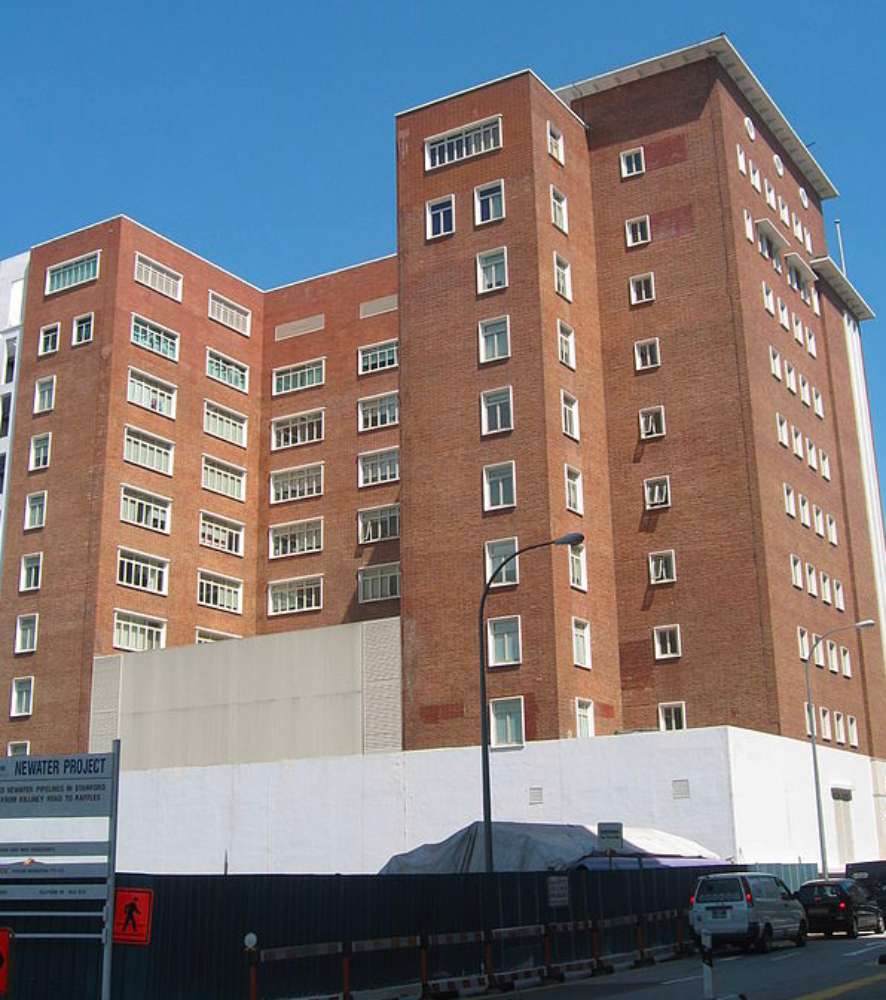 The back of MacDonald House circa 2006. | IMAGE: WIKIMEDIA COMMONS/@TERENCE ONG
The back of MacDonald House circa 2006. | IMAGE: WIKIMEDIA COMMONS/@TERENCE ONG
The iconic red façade with white window frames is a characteristic of Neo-Georgian architecture, which was popularised in the mid-20th century. A total of 279,000 special sand-faced bricks (a face brick shaped in a mould that has been sprinkled with sand to prevent the clay from sticking to the mould) from the local Alexandra Brickworks were used to finish the building’s exterior walls.
While HSBC is no longer housed in MacDonald House, some elements continue to serve as reminders of its occupancy. On the front façade is a large plaque embossed with the bank’s logo, which comprises the United Kingdom’s royal coat of arms above an image of three men and two Chinese junks. Two projecting balconies flank the logo, each bearing a HSBC monogram.
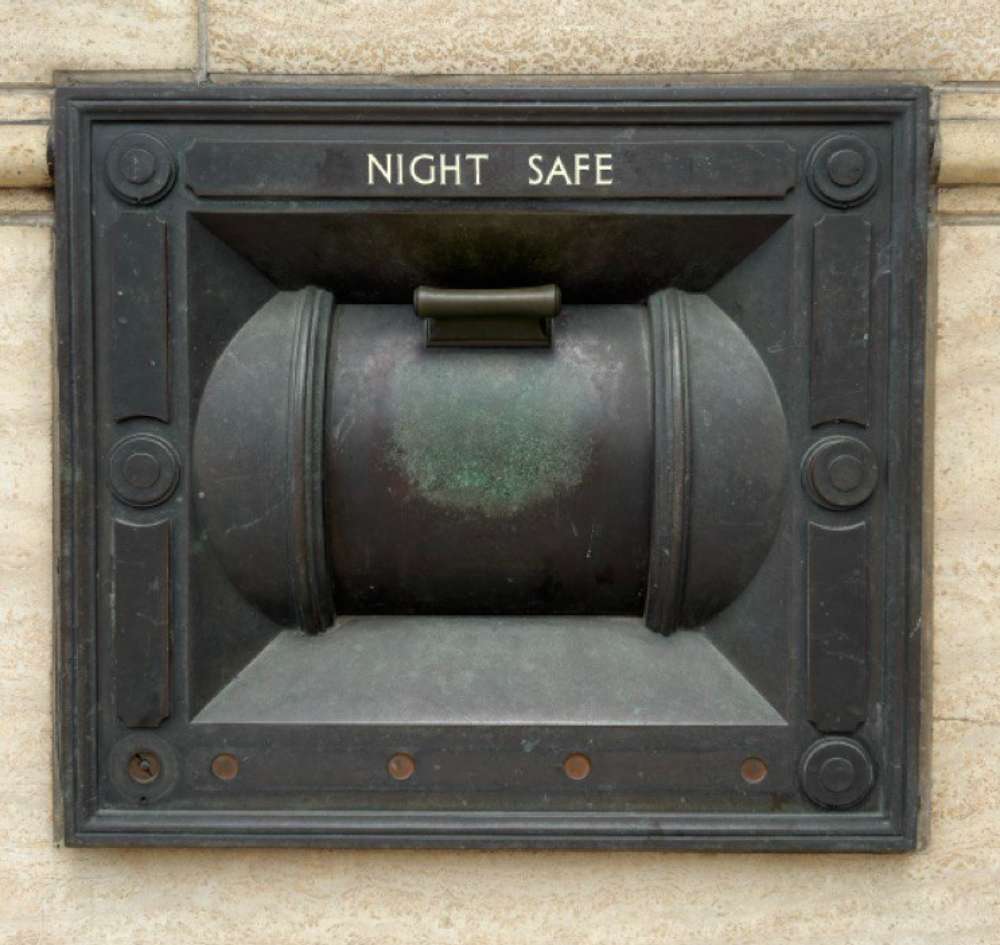 IMAGE: NG KAI
IMAGE: NG KAI
Another interesting feature is the old night safe just beside the main entrance. In the past, clients could make deposits via the night safe even after the bank’s opening hours.
🕖 Opening hours
Regular visiting hours are from 9am-5pm on the weekdays, and closed on the weekends.
🎟️ Admission
Entry is limited to only employees at the various companies located within the building.
For the latest updates on Wonderwall.sg, be sure to follow us on TikTok, Telegram, Instagram, and Facebook. If you have a story idea for us, email us at
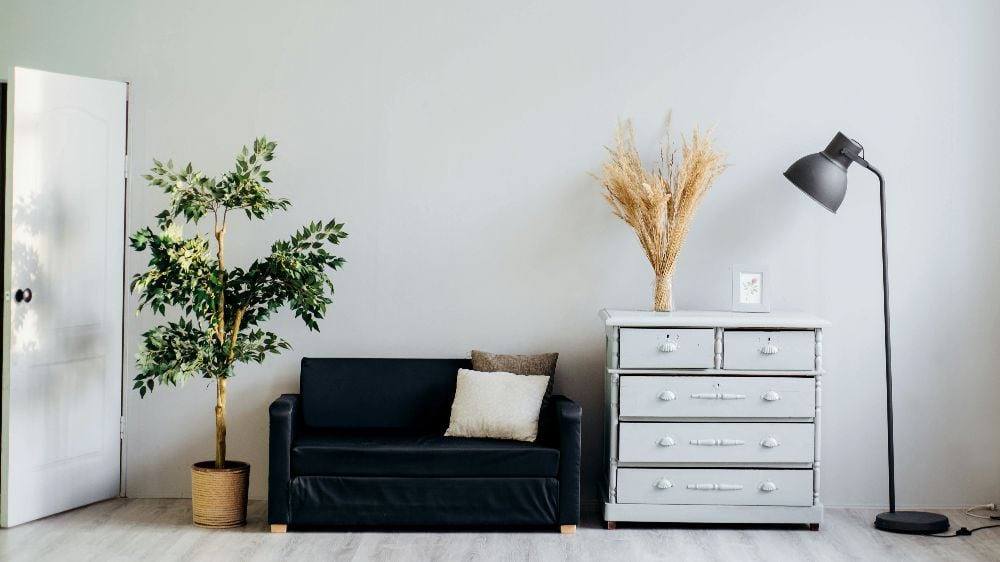
/roundup_26_april_2024_rectangle.jpg?sfvrsn=39ffd1a7_1)

